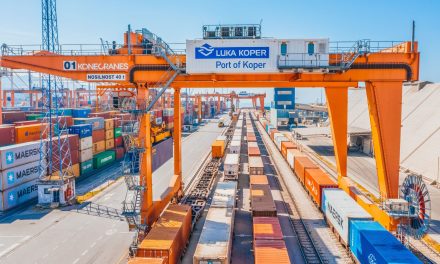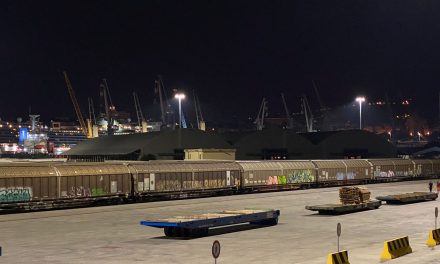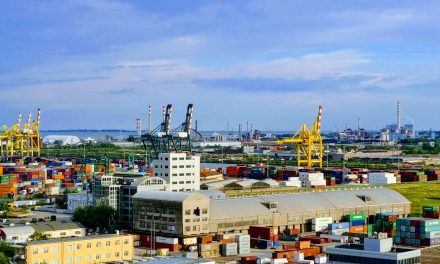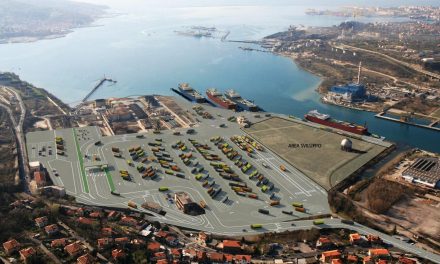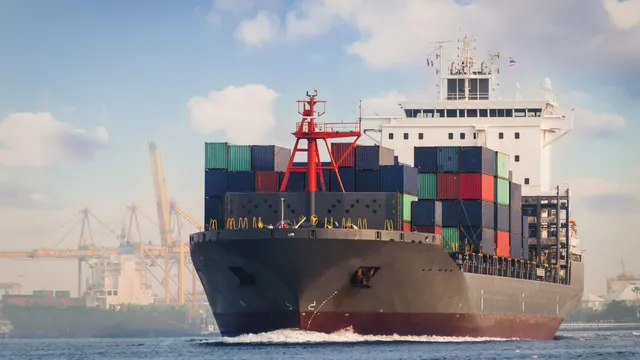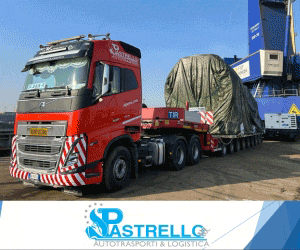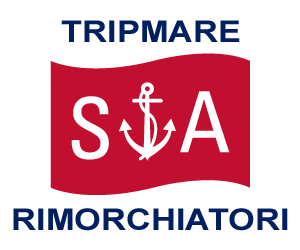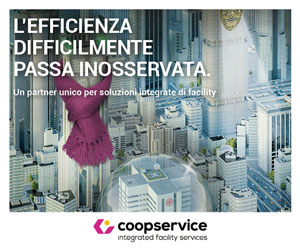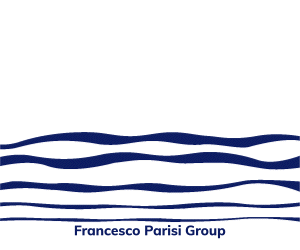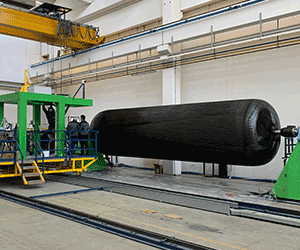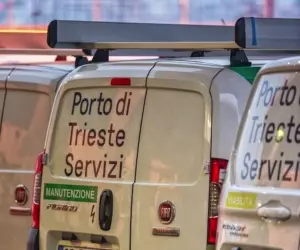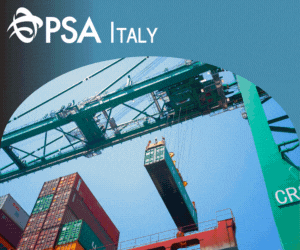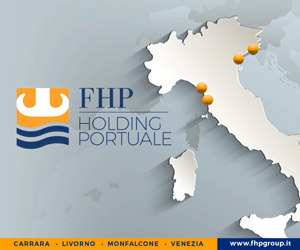TRIESTE – «The port of Trieste is not only the port of the city but of the whole region». These were the clear words of the president of CiviBank, Michela Del Piero, on the bank’s position within the port logistics network of Friuli Venezia Giulia. In front of politicians and representatives of the regional economic world, the occasion was the opening of a new corporate branch. It was almost an oddity today that the units in Trieste are being closed. But the location, between the port and the industrial area leaves little room for interpretation of the bank’s intentions, as the president explains.
CiviBank is increasingly becoming the bank of the territory. What is its role in the logistic-port network of Friuli Venezia Giulia?
«We have financed projects linked to the port network of Friuli Venezia Giulia, both in the production sector, such as logistics and transport, and in the real estate development of the port itself. We have other financing operations underway in the logistics sector with companies that operate within the Trieste Port Authority. There are industries that we have financed and that operate in the “port/navigable canal” area, but in sectors other than port/logistics: for example, biotechnology and precision mechanical processing and other companies in the shipbuilding sector, both in Trieste and Monfalcone. Lastly, we have led a pool of banks to finance the Trieste Convention Center spa: the first intervention carried out by private individuals in Porto Vecchio».
What are the economic sectors of most significant expansion for the banking institution you lead?
«In its role as Bank for the Northeast, our institution seeks to support the economic sectors that distinguish this area and those that will be the sectors that will drive its development in the coming years. From the agricultural and wine sector to the tourism and hotel reception sector to the logistics and port services sector, to manufacturing and construction, especially in this period of strong tax breaks (110% bonus). As the only Benefit bank, CiviBank is also the leader for companies that want to find a new way of doing business and contribute to achieving the ambitious goals set by the recovery plan Next Generation EU and the National Plan for Recovery and Resilience. As a bank, we want to play a role in the sustainable and ecological transition of SMEs in the Northeast».
Is an increase in presence planned in other areas of the Triveneto?
«Today, we are consolidating and specializing our presence in Trieste by opening a branch dedicated to businesses. Last June, with the opening of the branch in Montebelluna, we expanded the presence of CiviBank in Veneto, where the bank is present with 12 branches located in the nerve centres of 4 provinces: in fact, the provinces of Belluno, Venice, Vicenza and Treviso are covered. In addition to the consolidation of a presence now rooted in the territory, CiviBank aims to expand throughout the Triveneto, to make concrete its being “the bank for the Northeast”: for this reason further new openings are planned in Veneto (Padua and Verona), Trentino (Rovereto and Trento) and Emilia (province of Modena) as provided for in the strategic plan 2021-2023 of the institution».
What does it mean for a bank to be a benefit company?
«With 2021, CiviBank has decided to change its bylaw and transform itself into a Benefit Company and a Joint Stock Company. CiviBank is the last of Friuli’s cooperative banks to remain independent. It has made a choice once again out of the chorus: to become a joint-stock company without being obliged to do so and become the first historic bank that is also a Benefit Society. The Benefit Society is a new legal form of business, introduced in Italy in 2015 and inspired by the American B Corporations. It is a way of doing business “for-profit”, but with the aim of not only to create profits for shareholders but to create value for all stakeholders. A Benefit Corporation, in short, wants to create value to do good to the ecosystem and the community, making ethical business choices and reinvesting the profit in its territory.
Let’s look at the history of CiviBank and the history of popular credit in general. It is clear that there is a continuity between this way of banking and the Benefit Society. CiviBank was born 135 years ago, back in 1886 as the Cooperative Bank of Cividale, and its founders wanted to give the Cividale area a credit institution that would favour small artisans and local farmers, with the explicit aim of contributing to the moral, social and economic development of the area.
It almost seems to hear an echo of what we are saying today: sustainable development governed by Agenda 2030, the action program for people, planet and prosperity signed in 2015 by almost 200 UN member countries. It is a list of organic and expanded goals that clearly show us how the development of one sphere cannot really be effective without all the others. We cannot protect the ecosystem in which we live and ensure harmonious development without taking into account the challenge to climate change, the scarcity of natural resources, the defence of human rights, the recognition of gender equality, the elimination of inequalities, and so on».
What will be the consequences of the recent capital increase: shifting the territorial centre of gravity, different approach in supporting companies?
«We are proud of the success recorded by the capital increase operation, which was subscribed for the entire amount approved, just under 50 million. The success of the operation and the greater capital endowment allow us to continue with conviction on our important growth path, as outlined in the Bank’s Strategic Plan. In particular, having an additional 50 million euros of capital will allow us to increase lending to households and businesses in the area by over 430 million euros over the course of the plan, crucial support for economic recovery post-Covid emergency, as well as further increasing the bank’s capital strength. Other resources will be used in the important digitalization process underway and for opening new branches».
CiviBank increases its capital: ready to support the port logistics network in FVG


